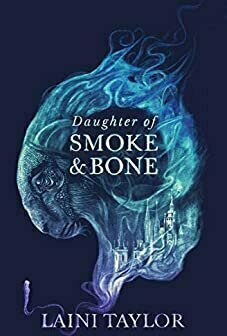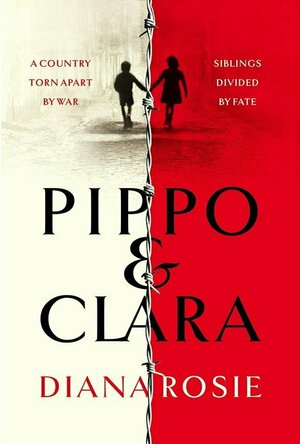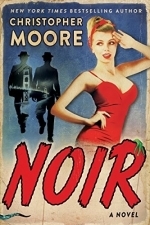
Noir: A Novel
Book
The absurdly outrageous, sarcastically satiric, and always entertaining New York Times bestselling...
humor fantasy fiction

Prague Pictures: Portraits of a City
Book
The fourth book in Bloomsbury's Writer and the City series. Prague is the magic capital of Europe....
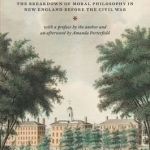
Words, Works, and Ways of Knowing: The Breakdown of Moral Philosophy in New England Before the Civil War
Book
Crime writer Sara Paretsky is known the world over for her acclaimed series of mysteries starring...

A Brief Guide to Agatha Christie
Book
Agatha Christie's 80 novels and short-story collections have sold over 2 billion copies in more than...
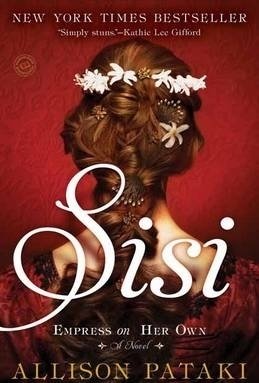
Sisi: Empress on Her Own: A Novel
Book
In this sweeping and powerful novel, New York Times bestselling author Allison Pataki tells the...
Dee (0 KP) rated Daughter of Smoke & Bone (Daughter of Smoke & Bone, #1) in Books
Mar 12, 2021
This started out so well. It was incredibly magical - secret doorways on earth, which took the main character Karou, into a shop where her chimeara 'family' resided. Karou has little knowledge, being human, about her own origins or how she ended up in the care of Brimstone, the shop's custodian. All she knows is that he collects an endless supply of teeth (which she is often sent to pick up from around the world - the shop's doorway acting as a portal that deposits her anywhere on earth). There is a second door within the shop, which Karou is not allowed near and she has no idea what lies beyond it. Messages are sent to her via a crow-like creature. So far, so mysterious. It reminded me a little of Narnia or The Adventures of the Wishing Chair / Magic Faraway Tree. Oh, and if that's not enough - the teeth are used to help grant wishes (ranging from minor to major).
I'm a big fan of dual-world/magic-portal books. However, as the novel went on it became less intriguing. It slips into the sort of insta-love that is ten-a-penny in YA fiction. Also, I just felt that the 'big reveal' of what was behind the second door was a bit of a letdown. And the whole war between angels and chimera felt somehow jarring and unimaginative. I feel mean-spirited saying this, but the dynamic and world-building just didn't capture my imagination. The layering of the back-story also felt a bit forced and I started to find it dull.
I suppose the real test of the first book in a trilogy (as this is) is whether the reader can't wait to pick up the next instalment. Personally, I'm not sure I would bother. A shame, really, as it started out so well.
ClareR (6037 KP) rated Pippo and Clara in Books
Apr 16, 2021
Pippo and Clara arrive in the city with their mother after their Romany father is murdered. One morning their mother gets up early to buy food and doesn’t return. Clara goes to look for her, turning right at the entrance to their building; later Pippo awakens and goes to look for his mother and Clara, turning left at the entrance. This change in direction means the children don’t see one another for a long time.
Luckily, they are each adopted into families (unofficially) who love and care for them - Clara’s family are Fascists, Pippo’s are Communists.
This was such an emotional story. It wasn’t just what happened to these children, it was the bigger picture as well. When the inevitable happens and the Germans occupy Italy, Jews are rounded up and taken away, people fear for their freedom and their lives.
It was fascinating to read about the Freedom Fighters (Partisans) and their acts of espionage, as well as how they fought back. This included even those who had been fascists under Mussolini’s regime.
There’s so much to talk about in this book (perfect for a book club, I should think!), but I won’t spoil it. Needless to say, I really enjoyed it and was thoroughly heartbroken by the end. Any book about war is going to have tragic elements, but this is about hope as well, and the fact that good can, and did, overcome evil.
Another recommendation for the historical fiction fans. It’s a fabulous novel.
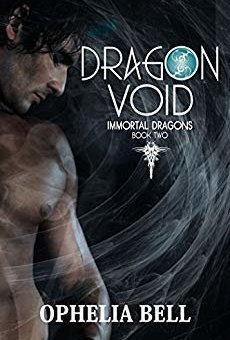
Dragon Void (Immortal Dragons Book 2)
Book
A woman born on the wind... A Turul princess, Evie North has waited long enough for her “one...
reverse harem fantasy paranormal romance adult fiction
Heather Cranmer (2721 KP) created a post
Sep 8, 2021 (Updated Sep 8, 2021)
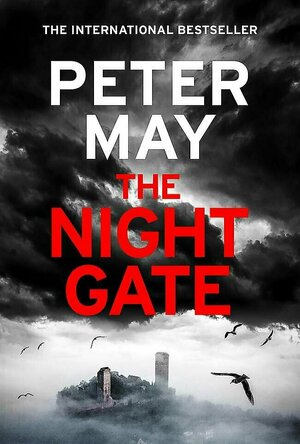
The Night Gate
Book
In a sleepy French village, the body of a man shot through the head is disinterred by the roots of...
